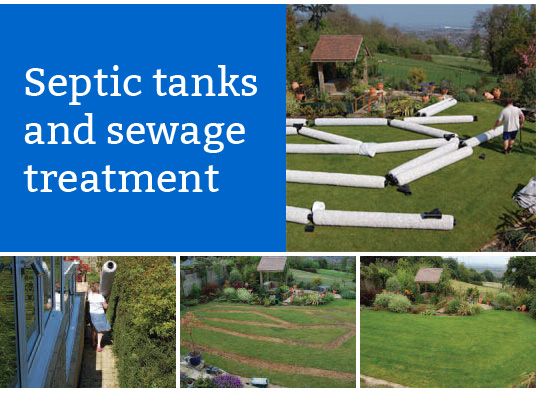Sewage Pump Stations DT3
Sewage pump stations, also known as lift stations, play a crucial role in transporting wastewater from lower to higher elevation, particularly in areas where the topography prevents a free-flowing system. They are an integral part of the wastewater treatment process, endorsing an efficient and safe disposal of sewage.
In DT3, Dorset, sewage pump stations are crucial given the varying elevations in the area. These structures house powerful pumps and smart control systems, capable of efficiently moving sewage over vast distances and elevation changes. Each station is uniquely designed and optimised to serve a specific area, depending on factors such as the volume of waste generated and the geographical layout of the area.
The collected waste is then transferred to a treatment facility, where it undergoes various processes before being safely discharged back into the environment. In the DT3 area, regular maintenance of these pump stations is carried out to ensure they operate at peak efficiency. This not only prevents potential breakdowns or system failure but also helps in reducing the risk of sewage leaks or spills, providing a safer and cleaner environment for the community.
Using state-of-art technology, monitoring these pump stations has been eased, enabling early detection of faults and quick response to emergencies. Moreover, these advancements contribute to improving the sustainability of these systems, allowing better resource management. In the context of a growing focus on environmental conservation, well-maintained and efficient sewage pump stations like those within the DT3 locale offer an essential service, assuring a hygienic and safe community living.

